When it comes to choosing luxury vinyl tile (LVT) flooring, the options can be overwhelming, yet exciting. You might find yourself torn between Click LVT and Dryback LVT, each with its own unique set of benefits and drawbacks. Whether you're embarking on a DIY home renovation or planning a larger-scale project, understanding these differences is crucial.
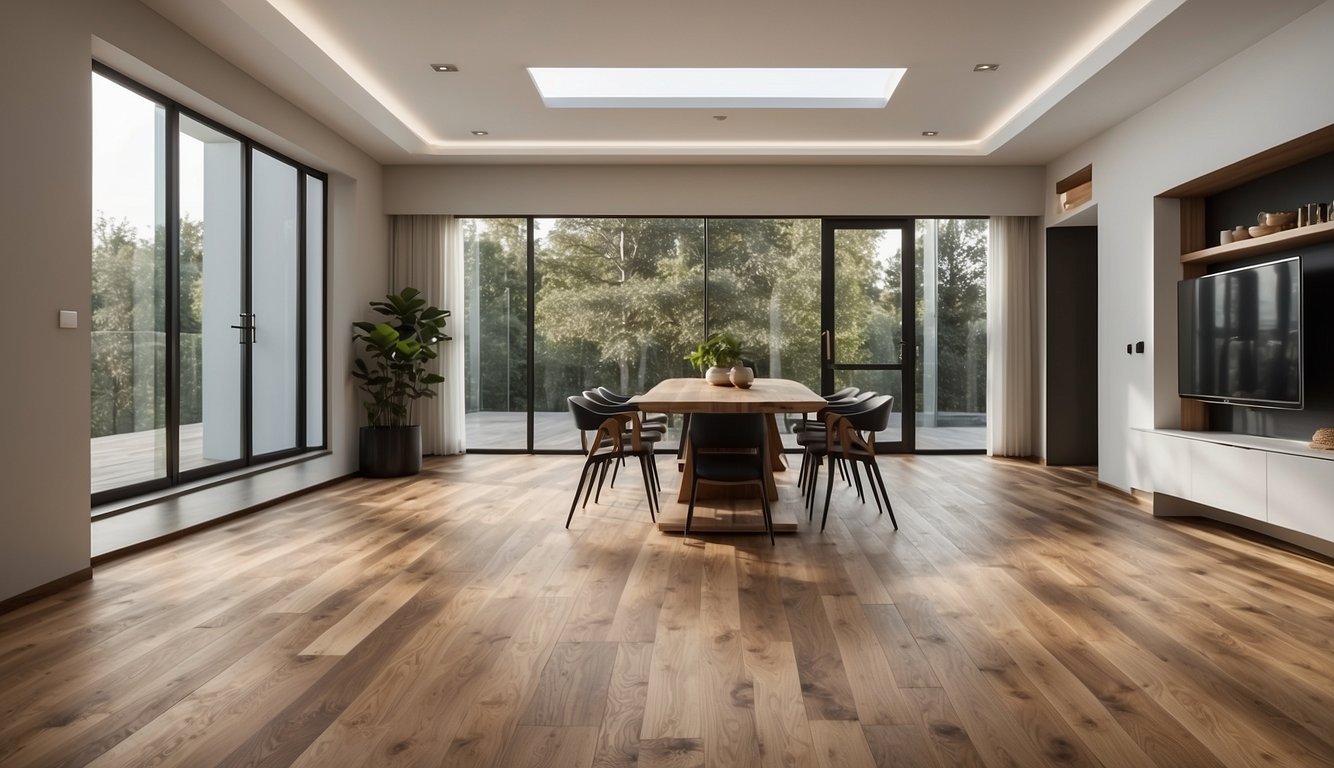
Click LVT is designed to be clicked together, floating over a subfloor without the need for adhesives, making it a favorite choice for quick and easy installations. In contrast, Dryback LVT requires a more meticulous process of gluing each tile directly to a leveled subfloor. This distinction in installation methods impacts not just the initial laying of the floor but also future repairs and maintenance.
So, what should you consider when choosing the right LVT for your home? Think about your budget, your DIY skills, and the specific needs of your space. Click LVT offers convenience, while Dryback LVT provides a durable, long-lasting solution. Let’s dig deeper into these two styles to help you make the best choice for your flooring adventure.
Key Takeaways
Click LVT is installed by clicking pieces together, while Dryback is glued down.
Click LVT is quicker and easier for DIY projects.
Dryback LVT offers a durable, long-lasting solution for high-traffic areas.
The Difference Between Click And Dryback
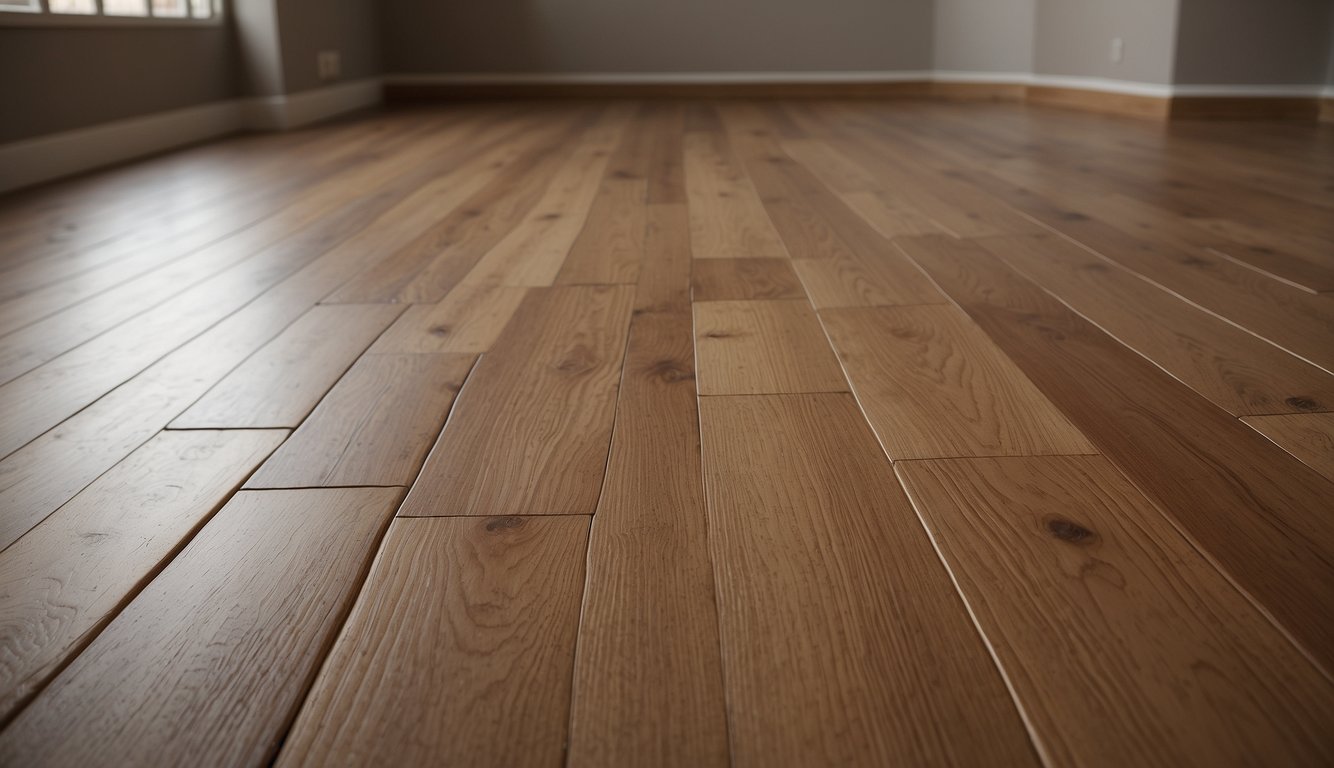
Let’s dive into the differences between Click and Dryback luxury vinyl flooring. Understanding these key differences can help us make more informed choices for our flooring needs.
Installation Method
Click LVT features a simple "click" mechanism that allows the planks to interlock without glue or nails. This ease of installation makes it a popular DIY option.
Dryback LVT requires adhesive for installation. It’s more stable and better suited to high-traffic areas because of the strong bond with the subfloor.
Durability and Stability
Click LVT may allow for some movement because it’s a floating floor. This can result in slight instability, especially in high-traffic areas.
Dryback LVT boasts superior stability. Its adhesive installation ensures it stays firmly in place, making it more durable and less prone to movement.
Comfort and Acoustic Performance
Click LVT provides a comfortable underfoot feel and generally offers good sound insulation. This makes it suitable for residential areas where comfort and quiet are important.
Dryback LVT might be less comfortable underfoot due to its firm attachment to the subfloor. However, it excels in acoustic performance in commercial settings.
Adaptability and Versatility
Click LVT is versatile and easy to replace. If a plank gets damaged, we can simply click it out and replace it without affecting the surrounding area.
Dryback LVT is a bit more challenging to replace. Since it’s glued down, removing a damaged plank requires more effort and careful planning.
Aesthetic Variety and Authenticity
Both Click and Dryback LVT offer a wide range of styles, colors, and textures. However, the authenticity and variety of luxury vinyl flooring ensure that regardless of the type, our floors can mimic natural materials like wood or stone.
Feature | Click LVT | Dryback LVT |
Installation | Click mechanism, no glue | Adhesive needed |
Stability | May have slight movement | Very stable, firmly attached |
Comfort | Comfortable underfoot | Less comfortable |
Acoustic Performance | Good for residential use | Excellent for commercial use |
Replacement | Easy to replace | Requires more effort |
Aesthetic Variety | Wide range of styles | Wide range of styles |
That’s the lowdown on Click and Dryback LVT flooring options. Choosing the right type depends on our specific needs, whether it's ease of installation, durability, or aesthetic appeal.
What Is Click LVT?

Click LVT, or Luxury Vinyl Tile, is a popular flooring option that uses a tongue-and-groove mechanism to lock tiles together without any need for adhesive. This design allows the tiles to snap together easily, creating a seamless and sturdy floating floor.
Installation Method
One of the main advantages of Click LVT is its ease of installation. The tiles are clicked together, forming a floating floor that doesn't require glue. This makes it perfect for DIY enthusiasts looking to update their flooring without professional help.
Common Uses
Click LVT is versatile and suitable for various spaces. You’ll often find it in residential areas like living rooms and bedrooms. It also holds up well in light commercial spaces, providing a durable and attractive flooring option.
Key Features
Click System: Utilizes a groove-and-tongue mechanism.
Floating Installation: No adhesive required; tiles snap together.
DIY-Friendly: Easy for non-professionals to install.
Want a flooring solution that's both functional and easy to install? Click LVT fits the bill. Its practicality and user-friendly installation method make it a favorite among homeowners and light commercial spaces alike.
Advantages
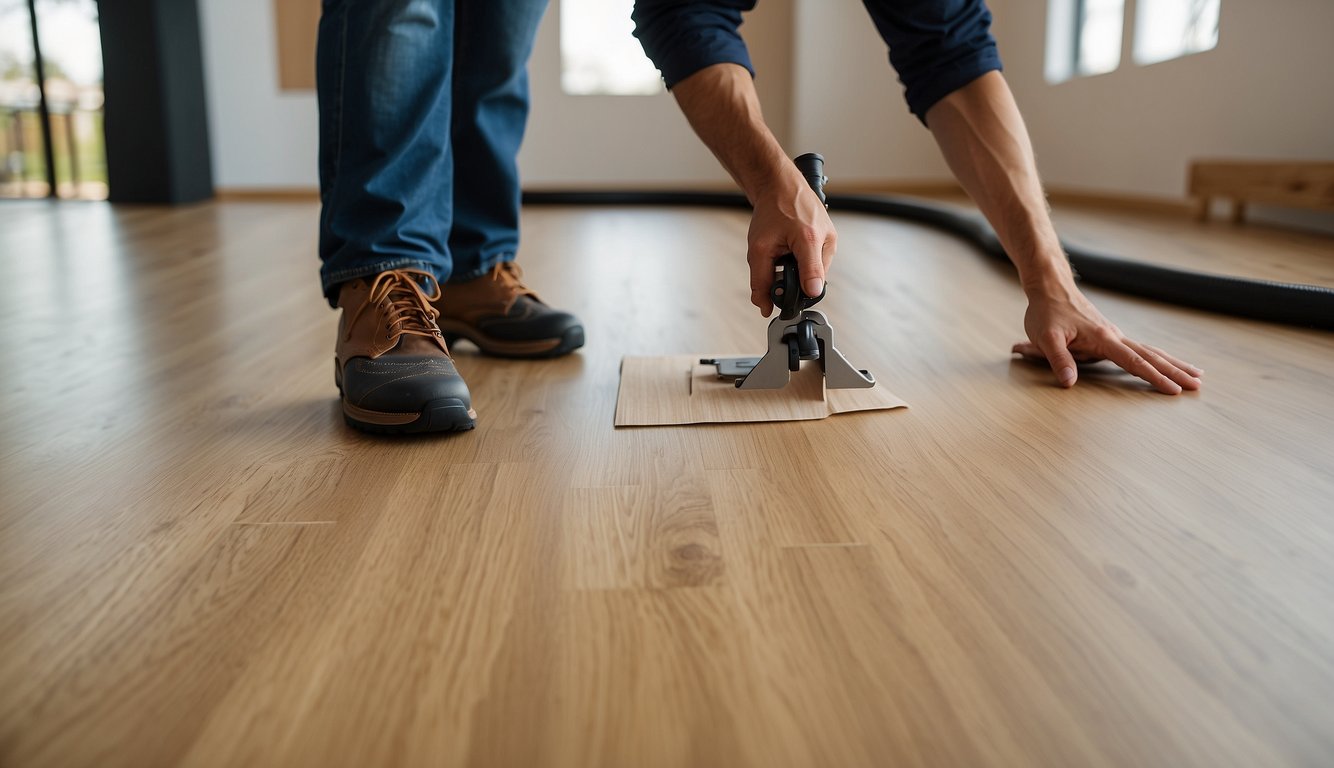
When it comes to choosing between Dryback and Click LVT flooring, both options offer unique benefits. Here, we'll focus on the key advantages of each type.
Ease of Installation
Click LVT flooring wins in this category. It snaps together without any need for adhesive, making the process much cleaner. Plus, you can install it over existing floors with minor imperfections. Imagine the time and effort saved!
Cost-Effective
One of the standout benefits of Click LVT is the cost savings on professional installation. Because it’s so easy to install, we can often skip hiring a pro and the hefty fees that come with it.
Flexibility
Click LVT also offers flexibility in repairs. If a tile gets damaged, we can simply replace it without disturbing the entire floor. This makes it a practical choice for families with active homes.
Comfort
Click LVT’s thicker design provides a more comfortable feel underfoot. Whether we’re cooking in the kitchen or walking around the living room, the added cushioning can make a noticeable difference.
Aesthetic Variety
Both Click and Dryback LVT offer a wide range of designs and textures. From wood to stone looks, the variety available ensures we can find the perfect match for our home’s style.
Tips
For both types, consider the room’s traffic level and subfloor condition. High-traffic areas benefit from Dryback’s durability, while Click’s easy installation suits DIY projects. Remember, choosing the right adhesive for Dryback is crucial, so consult with an expert to avoid issues down the line.
What Is Dryback LVT?
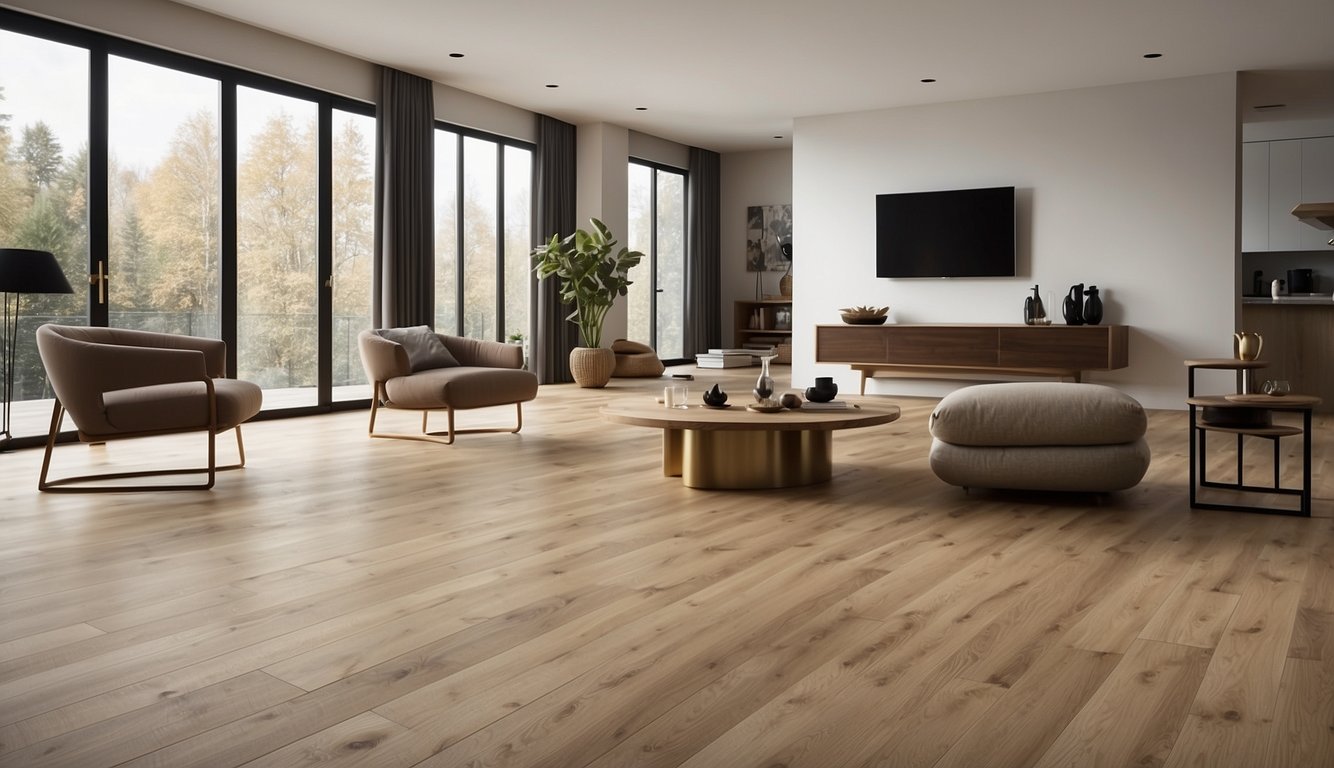
Dryback LVT, also known as glue-down LVT, offers a unique and practical flooring solution. Let's break it down step-by-step.
Dryback LVT requires adhesive to bond individual planks directly to the subfloor. This means no floating! Sounds straightforward, right?
Installation Method
Installation of dryback LVT involves gluing tiles down using a special adhesive. Professional installation is recommended for the best results. Trust us; it'll save you time and headache!
Common Uses
This type of flooring shines in areas with high traffic. It's perfect for spaces with heavy footfall like:
Office buildings
Retail stores
Restaurants
Why choose Dryback LVT? Simple! Its adhesive bond offers superior stability and durability. Once installed, it’s there to stay, giving your high-traffic areas the resilience they need.
If you're interested in a more permanent solution, dryback LVT might be what you're looking for. It's dependable and sturdy, even if it's a bit more challenging to replace.
Got more questions about dryback LVT? We've got you covered!
Advantages
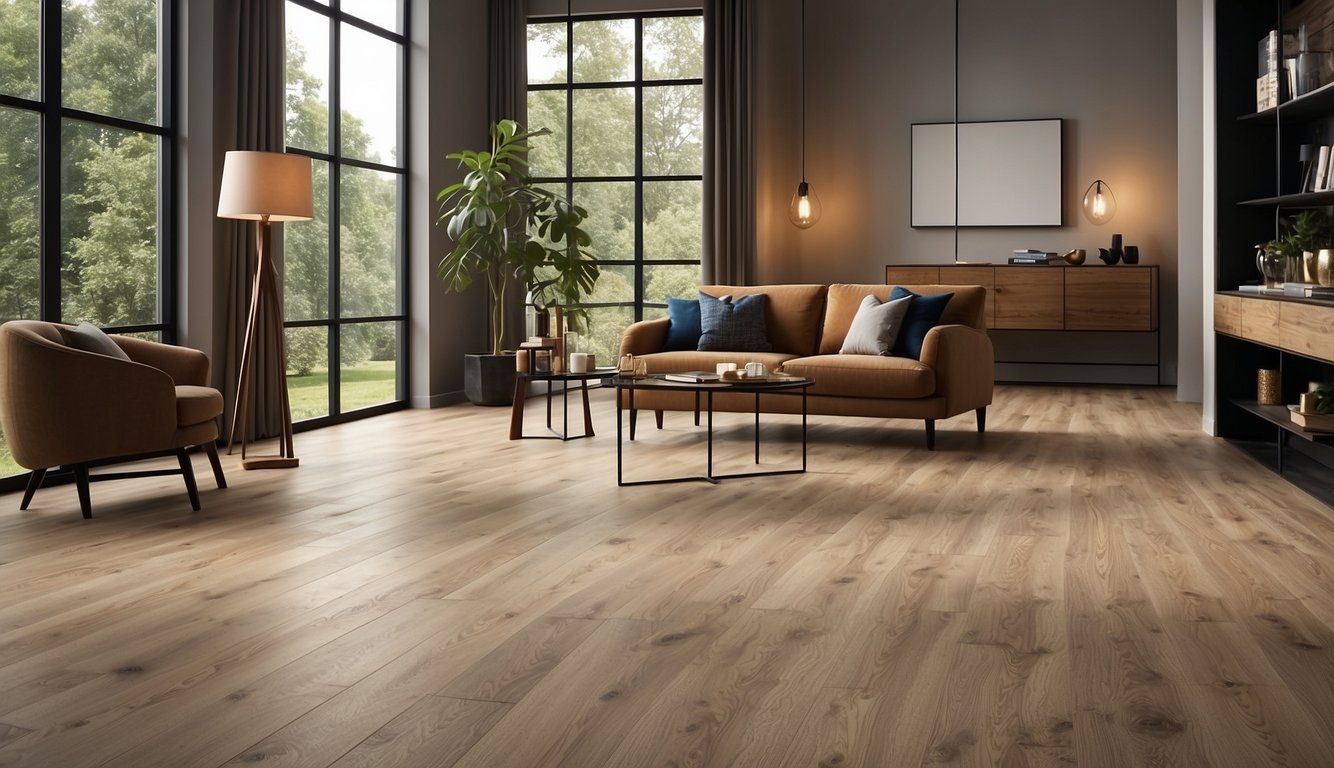
Let's explore the advantages of Dryback and Click LVT flooring. We'll look at each flooring type and consider their unique benefits, focusing on aspects like stability, durability, moisture resistance, and sound dampening.
Dryback LVT
Dryback LVT offers superior stability. Once installed, it's firmly bonded to the subfloor, significantly reducing movement. This makes it an excellent choice for areas with heavy traffic. Additionally, Dryback LVT is known for its durability. Its thicker wear layer (usually 0.55mm) ensures it stands up to heavy use.
Dryback LVT also excels in moisture resistance. It performs well in areas with fluctuating humidity. Lastly, Dryback LVT provides better sound insulation compared to floating floors. This is ideal for spaces where optimal acoustic performance is crucial.
Click LVT
Click LVT's primary advantage is the ease of installation and replacement. It's like putting together a puzzle; the sections click into place, making it a DIY-friendly option. This also means repairs are straightforward—just swap out a damaged piece.
Click LVT also offers a longer warranty period, often up to 25 years for residential use. This long-term guarantee provides peace of mind. Additionally, Click LVT is often more affordable for smaller areas, making it a cost-effective solution for different spaces.
Tips
For those wondering which LVT option to pick, consider these tips:
High-Traffic Areas: Choose Dryback for better stability and robustness.
DIY Ethusiasts: Click LVT for an easy installation process.
Budget: Dryback is more affordable for large spaces.
Acoustics: Dryback is better if sound dampening is a priority.
Warranty Concerns: Go with Click LVT for its longer residential warranty.
We hope these tips make selecting the right LVT flooring easier for your next project!
Click Vs Dryback Comparison
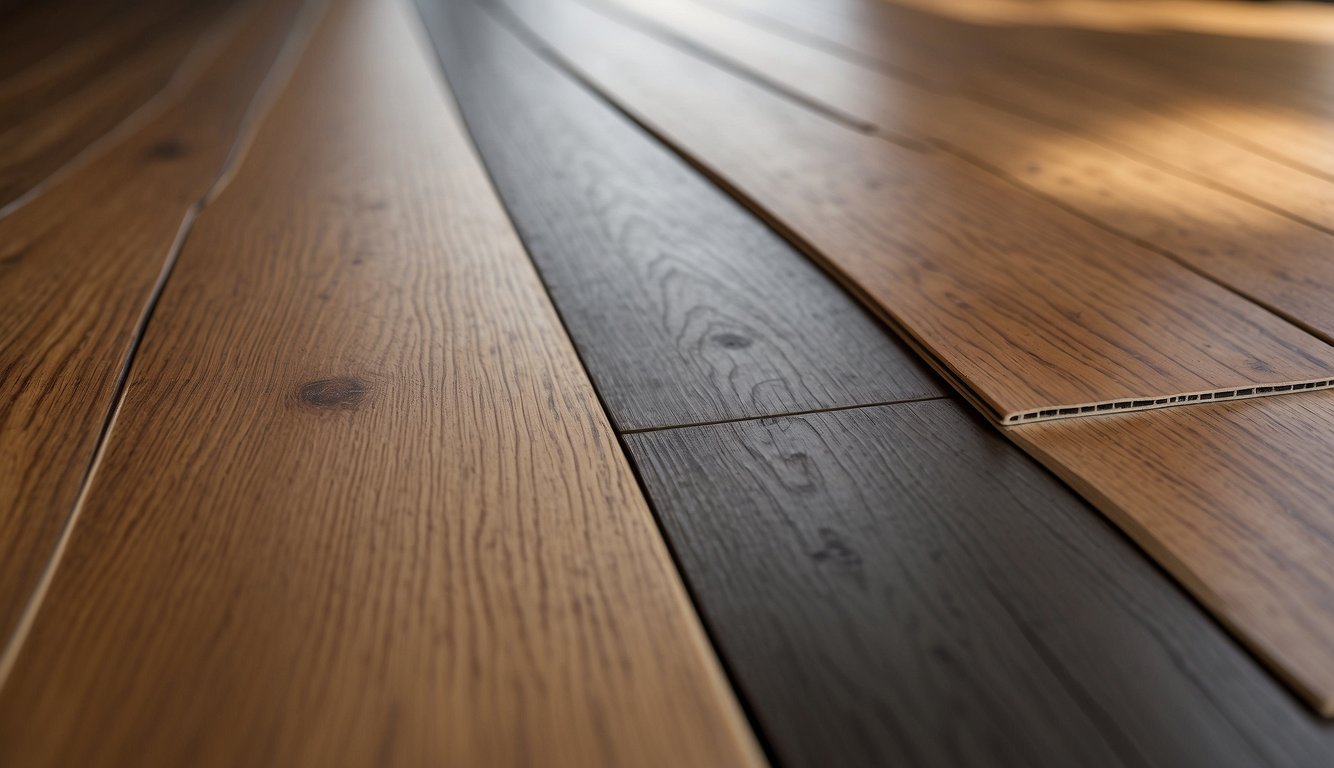
Let's dive into the nitty-gritty of Click LVT and Dryback LVT, looking at key aspects like installation, durability, and warranties.
Installation
Click LVT is designed with ease in mind. The planks or tiles feature an interlocking system, which means they fit together like pieces of a puzzle. This method doesn't require adhesive and can be a perfect weekend DIY project.
On the other hand, Dryback LVT requires adhesive to bond to the subfloor. This adhesive installation method demands meticulous subfloor preparation to ensure a smooth, reliable surface. It’s a task typically better suited for professionals who have the right tools and experience.
While Click LVT is often quicker and less messy, Dryback LVT ensures a more permanent fit once installed, which can be a significant advantage for certain projects.
Durability
Click LVT and Dryback LVT both offer robust durability, but distinct differences exist. Click LVT is designed to be easily replaceable, making it an ideal choice for spaces subject to frequent changes or updates. The floating nature of Click LVT allows easy removal of damaged sections without disturbing the whole floor.
Dryback LVT adheres permanently to the subfloor, offering excellent stability and a long-lasting fit. This makes it more suitable for high-traffic areas where shifting or movement might be a concern. However, its permanent bond also means repairs and replacements can be more complicated and costly.
Warranties
Product warranties can sway your decision. Click LVT often comes with impressive warranties, like up to 25 years for residential use, ensuring peace of mind for homeowners. This extended coverage reflects its design for easy replacement and maintenance.
Dryback LVT, however, typically offers a shorter commercial warranty of around 10 years. While this might seem less appealing at first glance, the secure adhesive bond offers long-term durability that often goes beyond the warranty period, making it a reliable choice for commercial and residential settings alike.
Choosing between Click LVT and Dryback LVT depends on your specific needs, from installation preferences to durability requirements and warranty considerations. Whether you go for the DIY-friendly Click or the professional-grade Dryback, each has its unique advantages tailored to different situations.
When To Choose Click LVT?
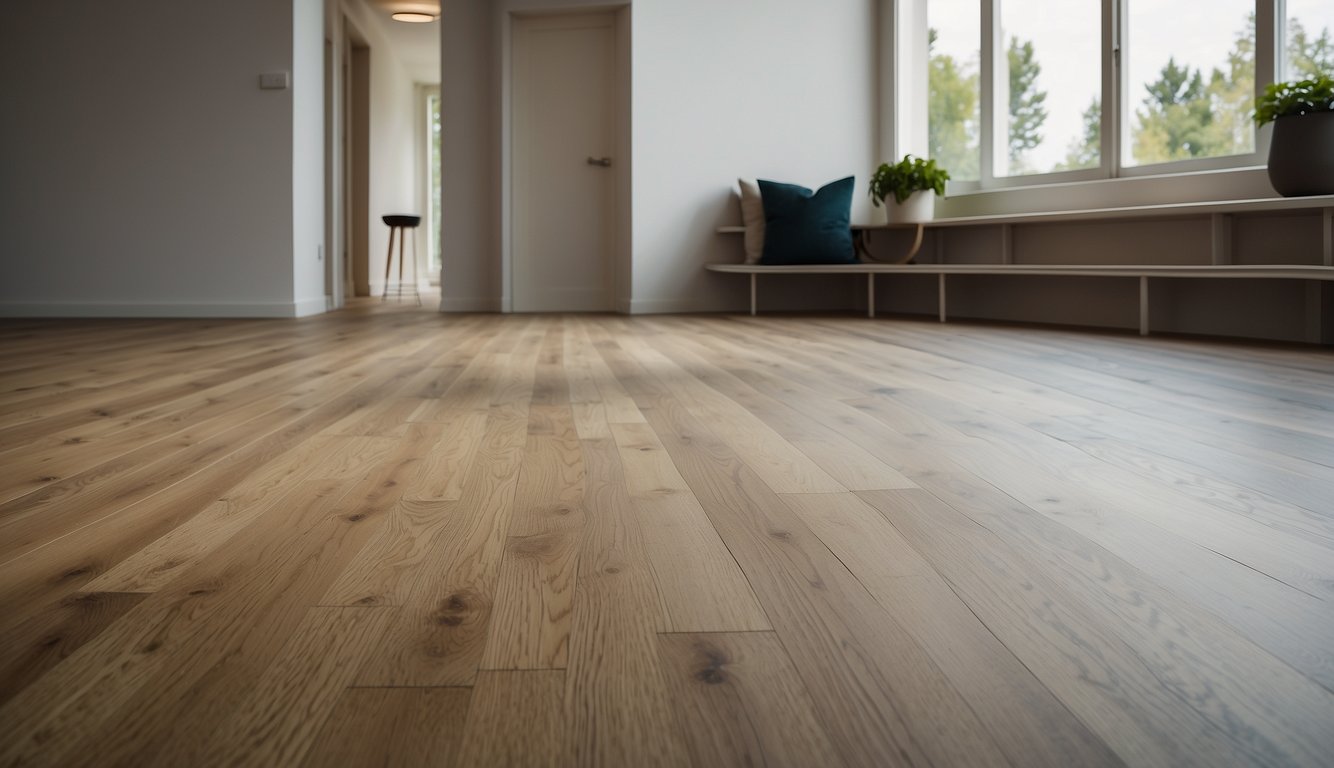
Ease of Installation
When it comes to ease of installation, Click LVT shines. DIY enthusiasts, rejoice! This flooring option is perfect for you.
No glue, nails, or staples needed.
Simply click the planks together for a secure fit.
Saves time and money on professional installation.
Flexibility
One of the amazing benefits of Click LVT is its flexibility. This type of flooring is great for areas with minor subfloor imperfections.
Flexible enough to adapt to slight undulations.
Doesn’t require a perfectly smooth surface.
Reduces prep time for old or imperfect subfloors.
Residential Use
Click LVT is an excellent choice for homes and light commercial spaces. Its convenience and durability make it a favorite for many households.
Often comes with a 25-year residential warranty.
Perfect for living rooms, kitchens, and bedrooms.
Suitable for light commercial areas like offices.
Maintenance and Repairs
Another compelling reason to choose Click LVT lies in its easy maintenance and repair.
Individual planks can be replaced without affecting the entire floor.
Waterproof and easy to clean.
Durable enough to handle daily wear and tear.
In summary, if you're looking for a versatile, user-friendly flooring option that provides excellent value and aesthetics for your home or light commercial space, Click LVT is a fantastic choice. Why not give it a try and see for yourselves?
When To Choose Dryback LVT?
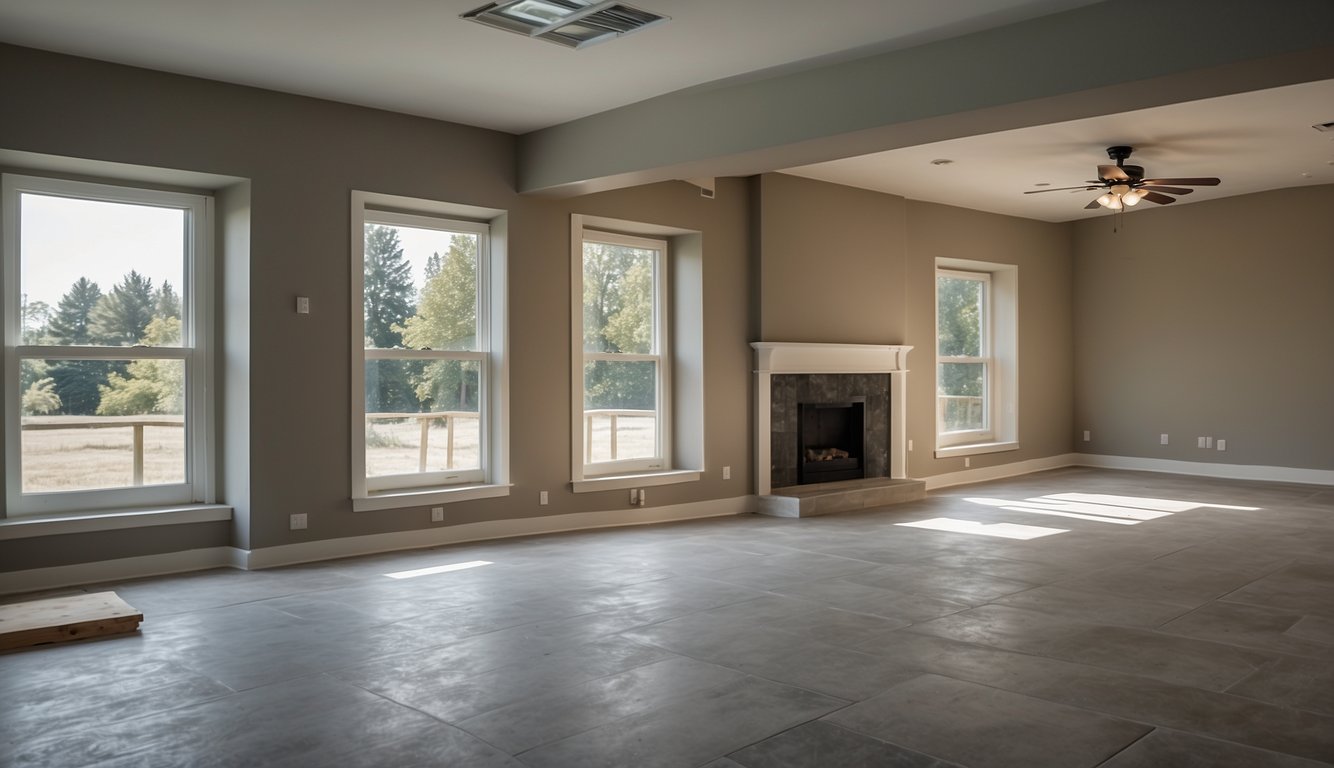
High Traffic Areas
Dryback LVT shines in spaces with heavy footfall. Think commercial spaces, such as retail stores or restaurants, where durable flooring is paramount. Its adhesive bond to the subfloor makes it super stable, minimizing movement even with constant use.
Long-Term Stability
If you're looking for long-term stability, Dryback LVT might be your best bet. Because it's glued down, it offers a solid and firm feel, ideal for both commercial spaces and intensive use areas. Unlike floating options, it doesn't shift or lift, giving you peace of mind for years to come.
Moisture-Prone Areas
Dryback LVT also performs well in environments with fluctuating humidity. Areas like bathrooms, kitchens, and even basements benefit from its strong adhesive bond that resists moisture exposure, reducing the risk of warping or loosening over time.
Key Benefits at a Glance:
High Traffic Areas: Perfect for commercial spaces with heavy footfall.
Permanent Fixation: Difficult to remove, making it a long-term solution.
Moisture Resistance: Ideal for moisture-prone areas like kitchens and bathrooms.
Why Choose Dryback LVT?
Durability: Enhanced stability due to adhesive installation.
Long Warranties: Sisu Dryback offers a 10-year commercial warranty.
Heavy Traffic: Superior for high-traffic and intensive use areas.
Choosing the right flooring can feel like a hefty decision, but knowing why Dryback LVT could be the best fit makes it easier. Whether for commercial spaces or areas with heavy footfall, its built-in durability offers a solution that stands the test of time.
Why We Chose Click LVT At Vinyl Flooring Direct?
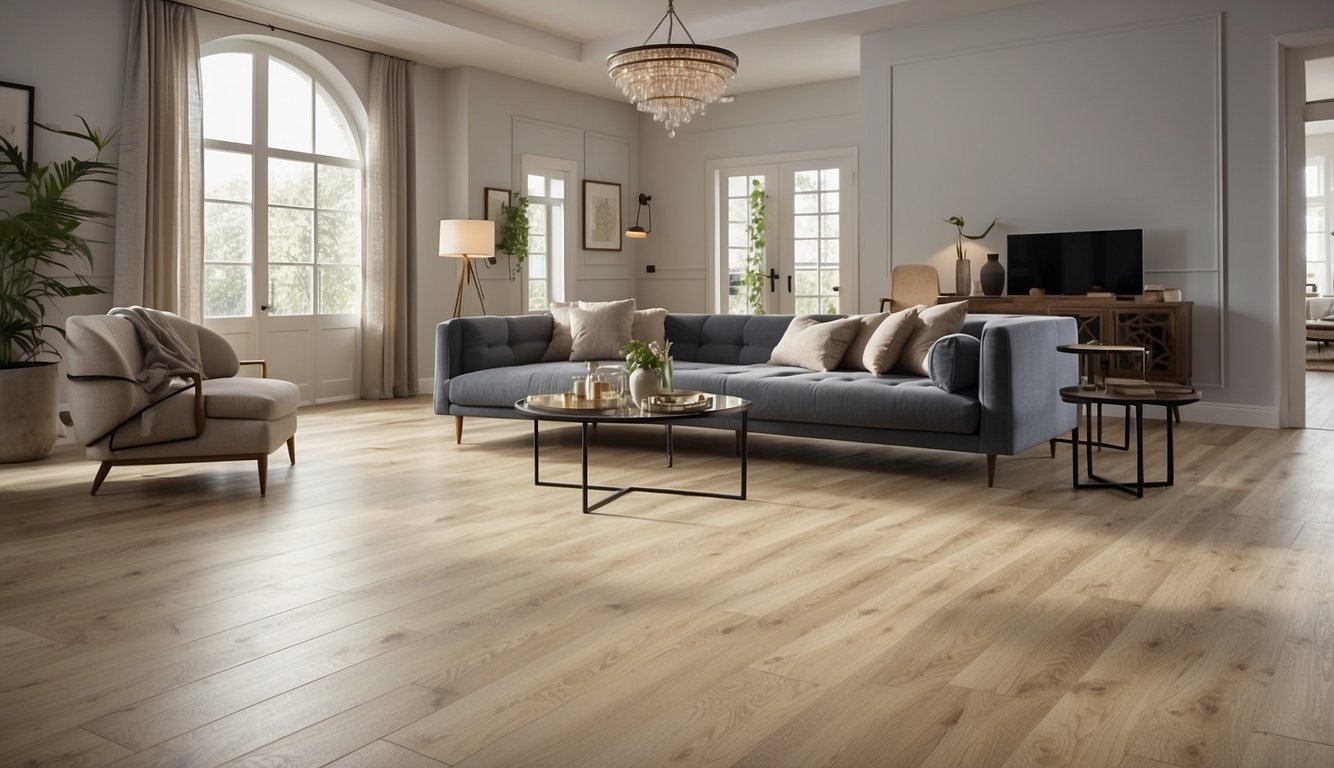
We often get asked why we favor Click LVT at Vinyl Flooring Direct, and it's a great question! For starters, customer preference plays a big role. Many of our customers are DIY enthusiasts who love the idea of tackling home projects themselves. Click LVT's interlocking system is incredibly user-friendly, making it a breeze for anyone to install without professional help.
Versatility is another big plus. Whether it’s a living room, bathroom, or even a commercial space, Click LVT can handle it. It's suitable for a wide range of applications, providing a consistent look across different rooms and settings.
Cost-effectiveness can’t be overlooked either. Click LVT reduces installation costs significantly. There's no need for adhesive, which means you save on both the material and labor expenses. Who doesn't love saving a bit of money while still getting a top-quality product?
Aesthetic appeal is where Click LVT truly shines. We offer a variety of designs that mimic natural materials like wood and stone. This allows our customers to achieve the look they want without sacrificing durability or ease of maintenance.
In sum, our choice of Click LVT is driven by its blend of customer preference, versatility, cost-effectiveness, and aesthetic appeal. It's a win-win all around!
Frequently Asked Questions
Let's get right into common questions people have when comparing dryback and click LVT flooring. We’ll go over installation methods, durability, moisture concerns, and much more.
Why might someone prefer glue down LVT over click lock LVT in their home?
Glue down LVT, also known as dryback, provides a very stable flooring option. Because it’s adhered directly to the subfloor, there's minimal movement. This makes it ideal for areas with heavy foot traffic or for homes with rolling furniture.
Can you walk me through the installation differences between dryback and click LVT flooring?
Click LVT uses a tongue-and-groove method to snap tiles together, making it a floating floor system. Dryback LVT requires adhesive to secure each tile to the subfloor. While click LVT can be installed quicker due to its simpler setup, dryback installation demands more prep time and careful application of adhesive.
What are the common installation issues with glue down vinyl plank flooring?
A common issue with dryback LVT is improper adhesion. If the adhesive isn't applied evenly, the tiles might lift or cause gaps. Another problem is floor leveling; an uneven subfloor can result in visible imperfections. Ensuring the subfloor is clean and dry before installation is essential.
In the battle of flooring, stick down vs click LVT, which one comes out on top for durability?
Both types are durable, but glue down LVT edges out slightly due to its fixed position. Since it's directly adhered to the subfloor, there’s less likelihood of tiles shifting or separating over time. This stability makes it a resilient choice for high-traffic areas.
If I'm concerned about moisture, should I lean towards dryback LVP instead?
Click LVT can be more susceptible to moisture issues since it’s a floating floor system with potential for water to seep through the seams. On the other hand, dryback LVT, when installed with a waterproof adhesive, offers excellent moisture resistance, making it a better option for kitchens and bathrooms.
What are some of the installation tips to ensure a long-lasting finish with dryback LVT?
To achieve a durable finish with dryback LVT, ensure the subfloor is completely level, clean, and dry. Use a high-quality adhesive and apply it consistently. After laying the tiles, roll them with a floor roller to secure the bond. This will help prevent lifting and gaps.
English
Русский
العربية
Français
Español
Português
Deutsch
italiano
日本語
한국어
Nederlands
Tiếng Việt
ไทย
Polski
Türkçe
አማርኛ
Bahasa Melayu
ဗမာစာ
Filipino
Bahasa Indonesia
magyar
Română
Čeština
Српски
हिन्दी
فارسی
Kiswahili
Slovenčina
Slovenščina
Norsk
Svenska
українська
Ελληνικά
Suomi
Հայերեն
עברית
Dansk
اردو
বাংলা
Hrvatski
Eesti keel
नेपाली
latviešu
Euskara
Български
Català
Hausa
íslenska
Lietuvių
Malti
isiZulu











